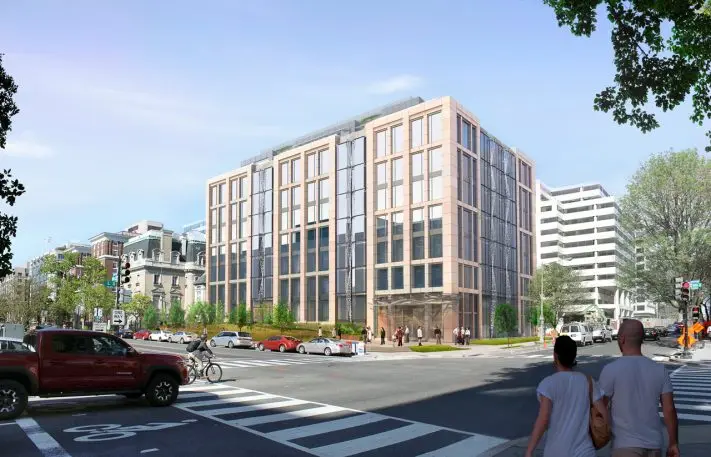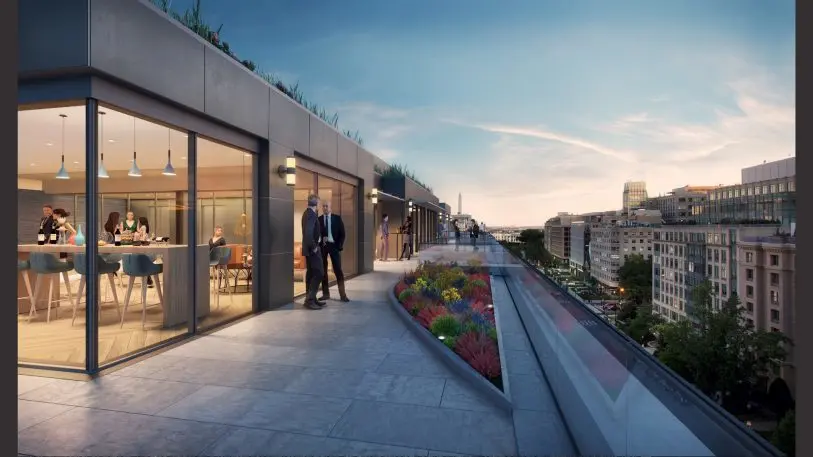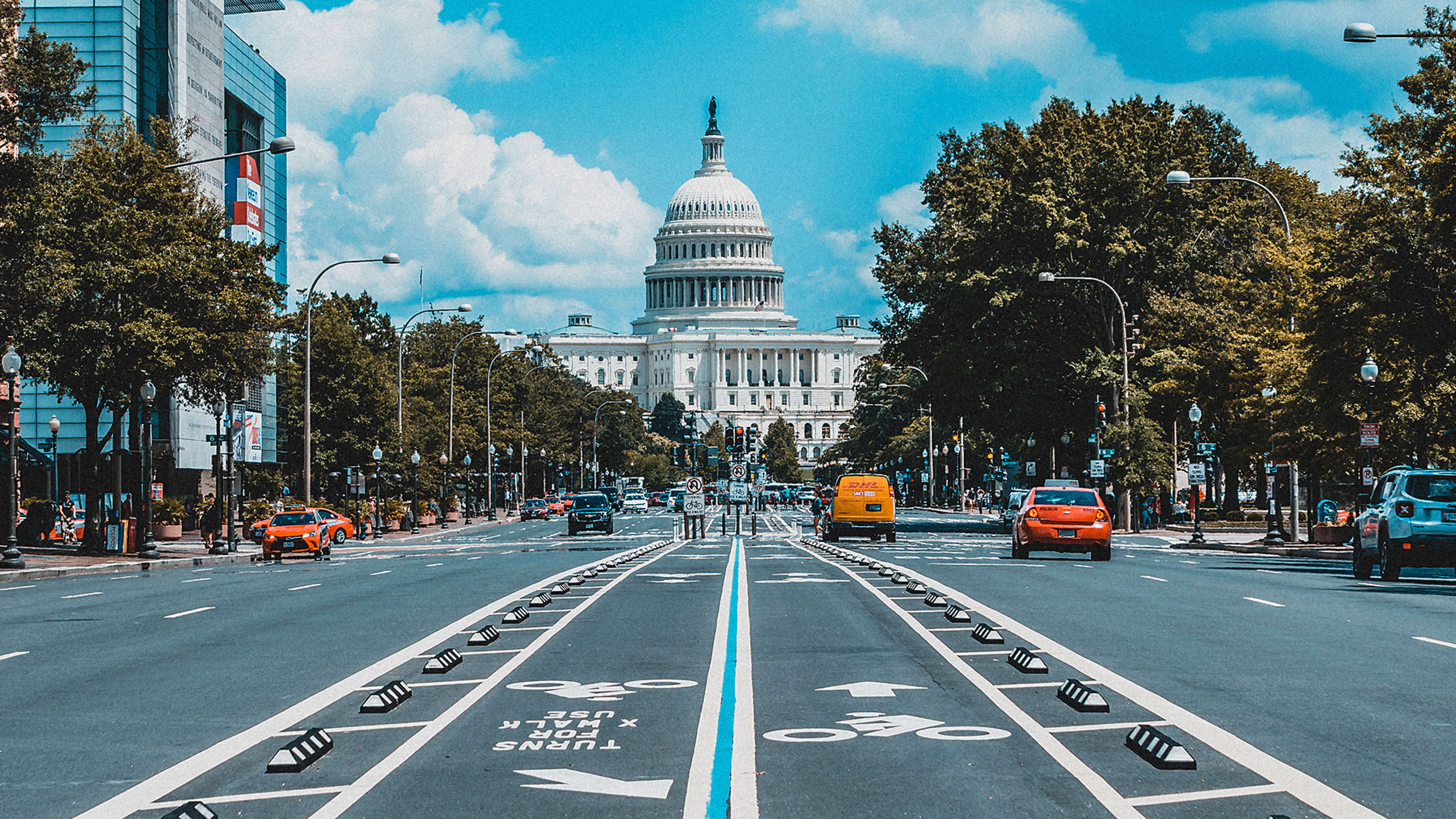A few blocks down the street from the White House, two dated 1970s office buildings are being combined and renovated into a space that will cut energy use and emissions by more than half. Soon, around half of the existing buildings in the city will also need to make changes under a new law.
It’s one piece of an ambitious climate bill, to be signed into law later today, which aims to help the city cut its carbon emissions by 50% in a little more than a decade. First, the law calls for 100% renewable electricity by 2032. “It’s the most ambitious renewable portfolio standard in the country,” says Mark Rodeffer, the chapter chair for D.C. Sierra Club. The deadline is 13 years earlier than those in California or Hawaii, which are also moving to 100% renewable electricity. More than 90 cities also have the same goal–including the larger city of San Francisco, which is aiming for 2030–though D.C.’s law, like the state laws in California and Hawaii, makes renewable energy a legal requirement for utilities, not a voluntary ambition. The law also calls for D.C. to increase its use of solar power, with a total of 10% of electricity coming from solar by 2041.

“I think it’s especially interesting because less than three years ago, [D.C.’s] renewable portfolio standard for 2032 was 50%,” says Jay Orfield, who works with the communities program at the nonprofit NRDC. “I think that speaks to a number of elements in support of renewables–the pricing continuing to come down, but then also realizing that action on climate change needs to be ramped up.”
The city is also moving to electric vehicles: By 2045, all city buses, taxis, limos, and other privately owned fleets with 50 or more passengers or vehicles will have to use zero-emission vehicles. But buildings are an especially important part of the overall plan, since they account for around three-quarters of the city’s emissions. The city already has a benchmarking program that requires the largest buildings to report their energy use. But that will expand to include any building larger than 10,000 square feet. Over a period of years, those buildings will also have to meet new standards for energy use, meaning they’ll likely have to do some renovation or tweak the automated systems that run heating and cooling.

Other cities are considering similar plans, while the federal government, with a former coal lobbyist poised to be confirmed as the new head of the EPA, fails to act on climate change. “The action is all at the state and local level,” says Rodeffer. “That is where we will see real significant action on climate change, and that is the only way–at least for the next two years–to try to reduce greenhouse gas emissions. And the good news is most people understand this is a serious problem and want to do something about it.”
Recognize your brand’s excellence by applying to this year’s Brands That Matter Awards before the early-rate deadline, May 3.
